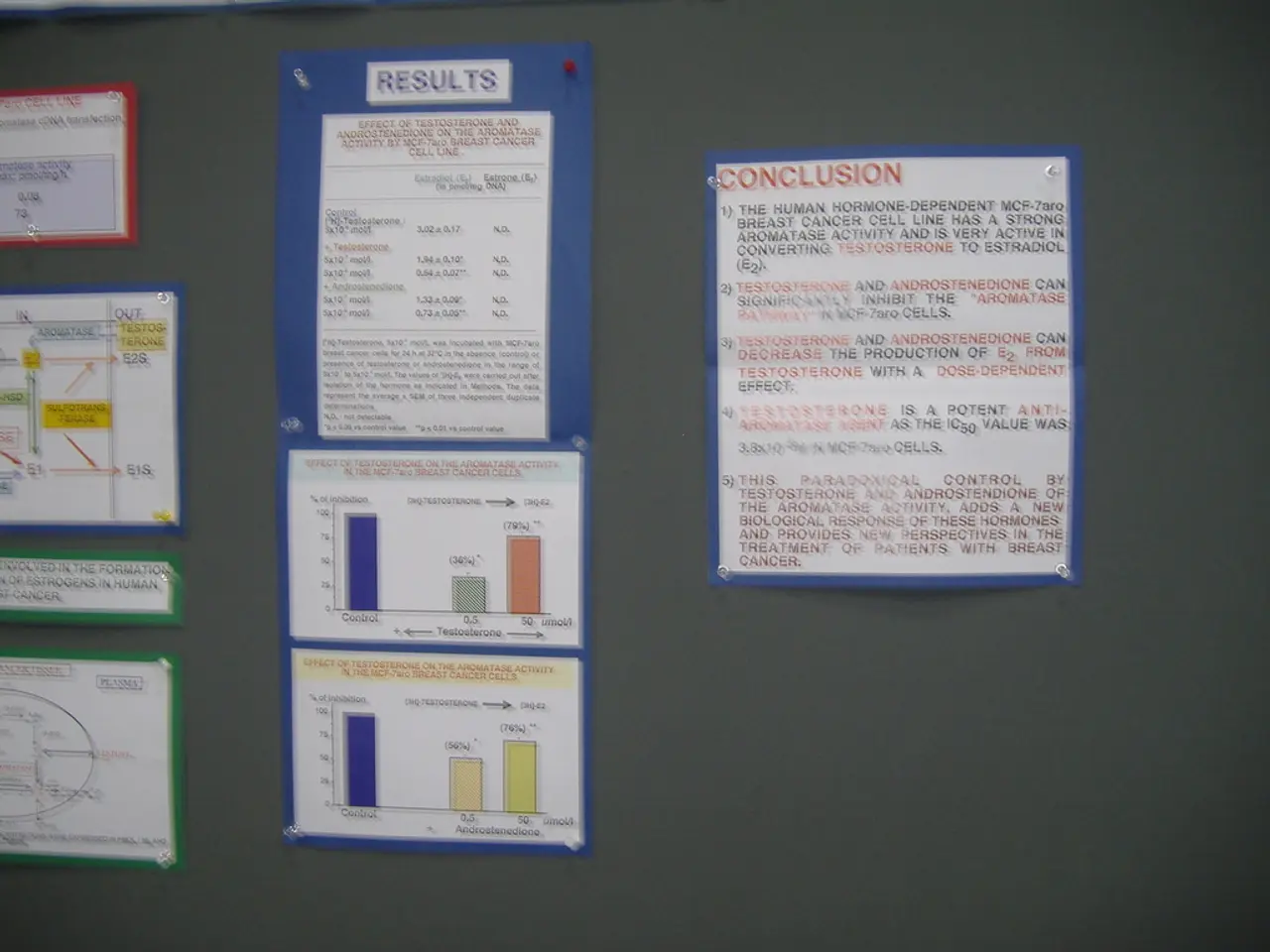Taxing Carbon Emissions in Kazakhstan: Advantages for Climate Commitments and Economic Viability
In an effort to combat greenhouse gas (GHG) emissions, middle-income countries are increasingly implementing carbon pricing strategies. According to a recent report, there are currently 75 carbon taxes and emissions trading systems in operation worldwide. This trend is evident in countries like Brazil, Turkey, South Africa, and Kazakhstan, each at different stages of carbon tax implementation, but showing emerging progress with notable benefits related to emissions reduction, health improvements, and potential GDP impacts.
Brazil, while not yet implementing a nationwide carbon tax, is involved in international carbon markets and has sectoral policies supporting emission reductions. Some states have experimented with carbon pricing mechanisms. The diverse energy mix and deforestation challenges in Brazil create high mitigation potential, but also complicate carbon tax adoption.
Turkey has taken steps towards carbon pricing, including pilot carbon markets and discussions on carbon taxes. The EU’s Carbon Border Adjustment Mechanism (CBAM) is pushing exporters to the EU to consider carbon pricing, making it increasingly relevant for Turkey. Implementation remains nascent but evolving.
South Africa has led the way among these countries, implementing a carbon tax in 2019 that targets large emitters. The tax aims to reduce emissions, generate revenue, and support just transition measures. Studies indicate that the tax can reduce emissions significantly by 2050 if revenues are effectively recycled. Co-benefits include reduced local air pollution and health improvements.
Kazakhstan, another high GHG emitting country on a per capita basis, has introduced a carbon tax alongside its emissions trading system. The tax incentivizes emissions reductions in key sectors and provides government revenue to support climate action. Kazakhstan's carbon pricing efforts are relatively advanced compared to many developing countries.
Modeling shows that carbon taxes can reduce emissions by substantial margins. For instance, Pakistan, a lower-middle income country, could reduce emissions by 36% by 2050. Carbon taxes can also have neutral or positive effects on GDP when revenues are used to cut distortive taxes or fund sustainable investments. Reduced air pollution from lower fossil fuel use improves public health and labor productivity, contributing to economic and social benefits.
Challenges remain in administrative capacities, political feasibility, and dealing with competitiveness under global carbon border adjustments, especially given EU policies effective from 2026 that impact exports through carbon costs embedded in goods. The revision of Kazakhstan's Tax Code presents an opportunity to improve its carbon pricing system.
Implementing a carbon tax could help Kazakhstan decarbonize certain sectors, enhance the competitiveness of these industries in EU markets, and raise national income due to global prices exceeding domestic prices. The expansion of carbon pricing to other sectors could raise revenues, support economic diversification, improve development outcomes, and enable Kazakhstan to set an example for the region.
The President of Kazakhstan has set a goal to achieve carbon neutrality by 2060. The European Union (EU) will apply a carbon border adjustment mechanism (CBAM) to Kazakhstan's largest trading partner. A carbon tax could potentially increase export earnings and raise national income. The phase-in of the CBAM charge will be gradual from 2026, with a steep raise not until 2030.
If 40% of the carbon tax revenues were distributed to the bottom 40% of households, the poorest and most vulnerable families could see an increase in consumption by up to 6%. The President's carbon neutrality goal, the implementation of a carbon tax, and the CBAM all point to a promising future for Kazakhstan's climate action.
References:
- World Bank (2021) Carbon Pricing in Middle-Income Countries: Opportunities and Challenges.
- World Bank (2019) The Macroeconomic Impact of Carbon Pricing: A Review of the Evidence.
- World Bank (2019) Carbon Pricing in Developing Countries: A Review of the Evidence.
- European Commission (2021) Proposal for a Regulation of the European Parliament and of the Council on the Carbon Border Adjustment Mechanism.
- In an effort to achieve carbon neutrality by 2060, the President of Kazakhstan is considering implementing a carbon tax, which could potentially increase export earnings and raise national income.
- The European Union's Carbon Border Adjustment Mechanism (CBAM) will impact Kazakhstan's largest trading partner from 2026, making carbon pricing strategies increasingly relevant for Kazakhstan to maintain competitiveness in EU markets.
- Modeling shows that a carbon tax in Kazakhstan could decarbonize certain sectors, support economic diversification, improve development outcomes, and enable Kazakhstan to set an example for the region.
- If 40% of the carbon tax revenues were distributed to the bottom 40% of households, the poorest and most vulnerable families could see an increase in consumption by up to 6%, suggesting potential positive social impacts of carbon pricing.




